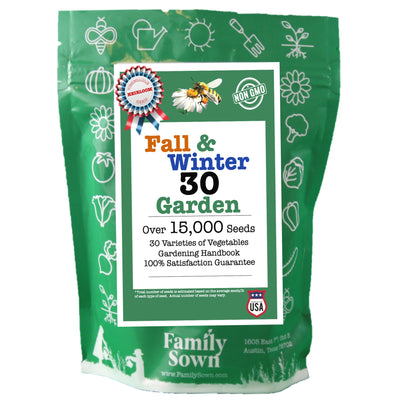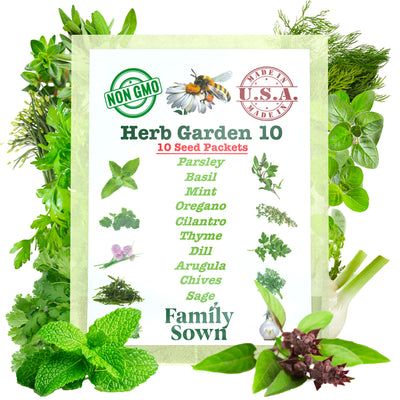Bell Pepper

Quick Reference:
Harvest Type: Continuous
Transplant/Direct Sow: Transplant
When to Plant: Indoors 2 months before the last average frost date.
Days to Germinate: 7-21 days
Days to Maturity: 60-90 days, sometimes longer
Planting Depth: ¼ - ½” deep
Germination Temp: 65-95°F
Seed Spacing: 1-2” apart or 1 per 2" container.
Rows: 18-24" apart
Light: Full sun with afternoon shade
Soil pH: 5.8 -6.5 pH
Water: 1 or more times per week so roots stay moist. Allow the top layer of soil to dry out between watering.
Soil Temperature: 60°F or warmer
Fertilizer: 5-10-10 N-P-K ratio
Rotation: Heavy feeder. Rotate annually with root vegetables.
Planting and Care Instructions:
Harvest Type
Generally, peppers are a crop you harvest when the fruit is ripe, making them a continuous harvest crop.
TIP: Plant more pepper plants than you think you will need so that your daily or weekly harvest numbers are higher.
Transplant / Direct Sow
Transplanting peppers works best. The seeds take a long time to germinate, and the pepper plants are fragile until they have their second leaves. For those reasons, it is best to start the seeds in a protected location and for indoor starts, do so two months before the last frost date.
When to Plant:
For indoor planting, start seeds in a tray two months before the last frost date. Transplant outdoors when the soil temperature is 60°F or above.
Days to germinate
7-21 days and as long as 30 days.
Days to maturity
It takes about 60-90days for pepper plants to mature.
Planting Depth
Plant 1/4-1/2 inch deep.
Germination Temperature Range
Soil temperature for good germination for peppers occurs above 60°F
Spacing Between Plants
Peppers are large plants, so plant seedlings 18-24" apart but close enough to support each other's branches.
Growing conditions
Peppers like the soil to be more acidic soil than many vegetables. So keep soil in the 5.8-6 pH range. Plant in full sun with some afternoon shade. Water when the top layer of soil is dry.
Companion Plants
Peppers do well with many vegetables such as cucumbers, so long as the cucumbers are grown vertically. Another excellent companion plant for peppers is eggplant.
Rotation
Pepper plants are heavy feeders, so rotate them each year and amend the soil with a phosphorous fertilizer or compost.
Anticipated yields
Plan your garden yield at 3-5 plants per person.


























